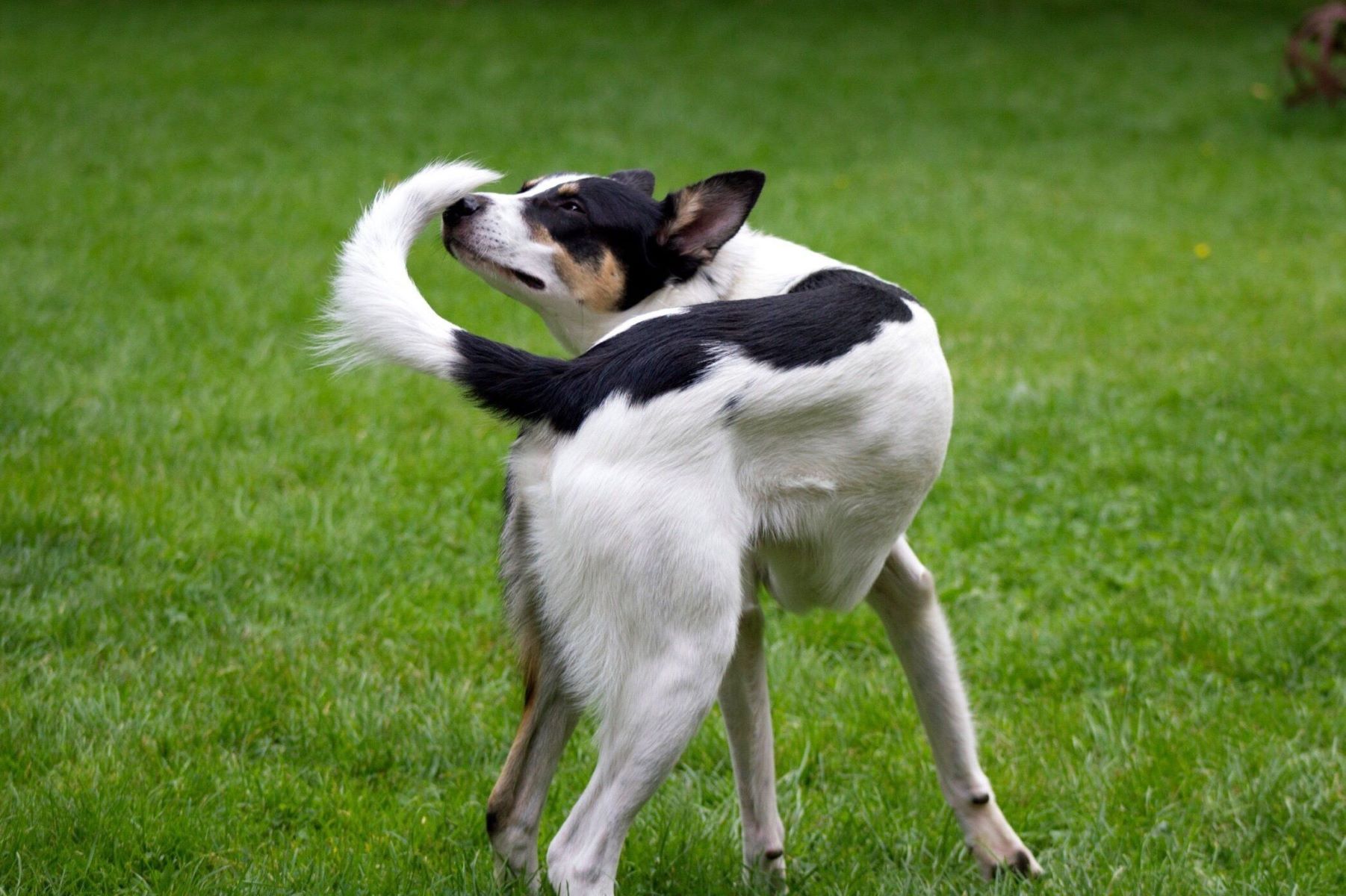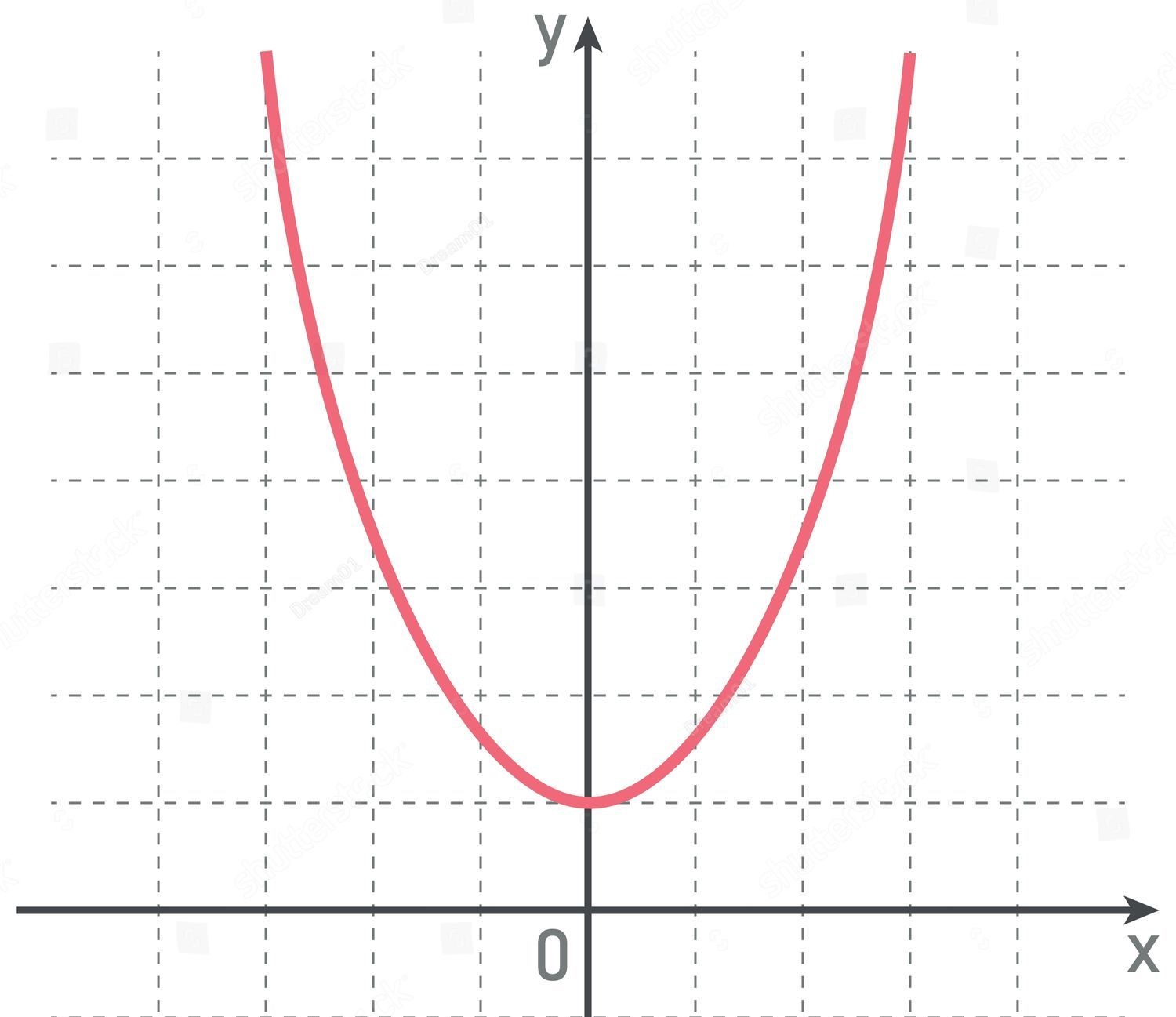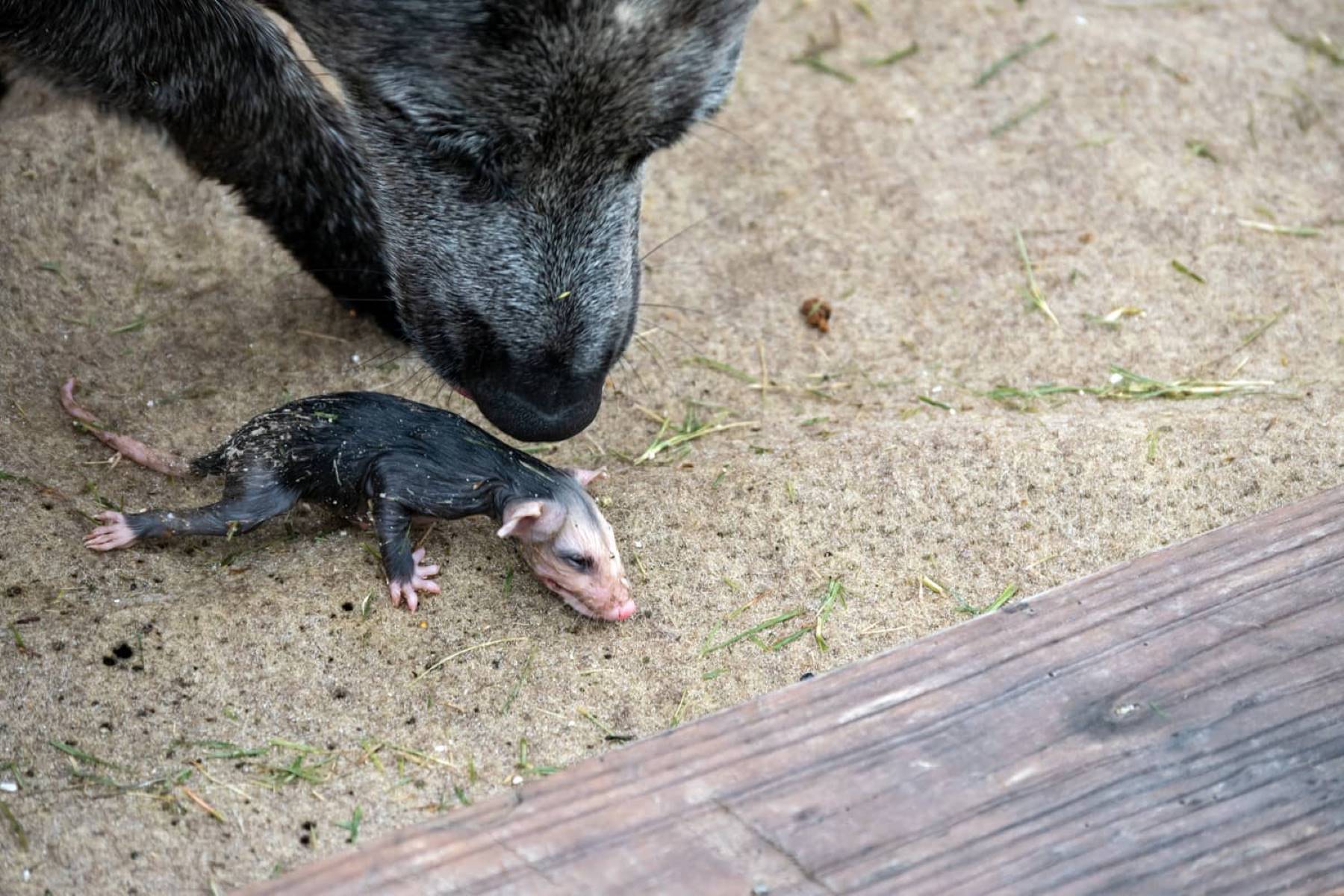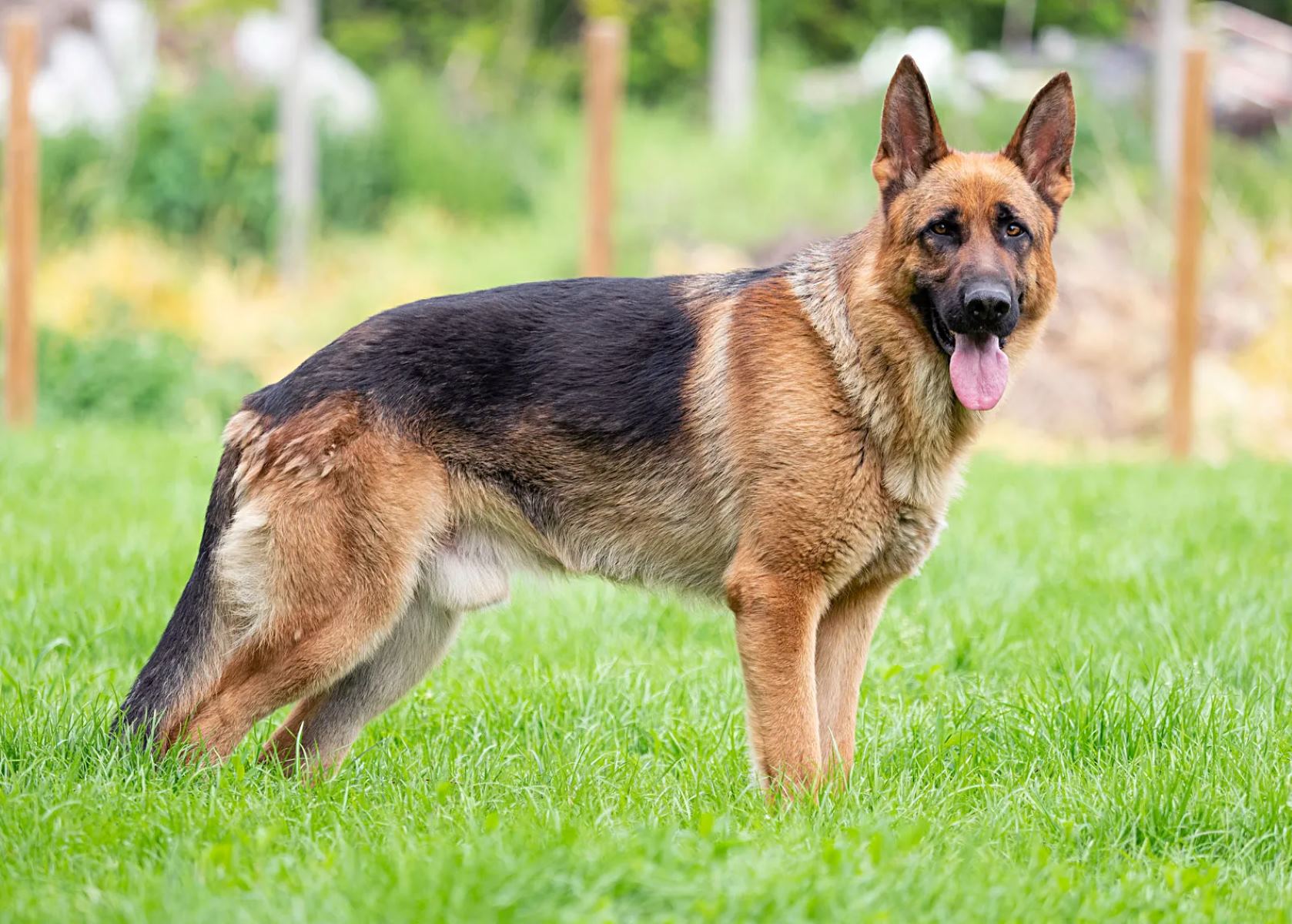

Science
The Surprising Behavior Of Dying Dogs
Published: January 24, 2024
Discover the surprising behavior of dying dogs through the lens of science. Explore the scientific insights into the end-of-life experiences of our beloved canine companions.
(Many of the links in this article redirect to a specific reviewed product. Your purchase of these products through affiliate links helps to generate commission for Regretless.com, at no extra cost. Learn more)
Table of Contents
Introduction
The experience of witnessing a beloved pet nearing the end of its life is a deeply emotional and profound journey. It is a time when the bond between humans and dogs is put to the ultimate test, as both must navigate the complex emotions and physical changes that come with the approach of death. Understanding the behavior of dying dogs can provide comfort and insight to pet owners, allowing them to provide the best possible care and support during this challenging time.
As dogs age, their bodies undergo a series of changes that can be both subtle and dramatic. These changes may manifest in various physical symptoms, including decreased mobility, changes in appetite, weight loss, and a general decline in overall health. Additionally, dogs may experience discomfort or pain as a result of chronic conditions or age-related ailments. Recognizing and addressing these physical changes is crucial in ensuring the comfort and well-being of a dying dog.
Beyond the physical aspects, the behavior and emotions of dying dogs also undergo significant shifts. Dogs may exhibit changes in their daily routines, sleep patterns, and interactions with their human companions. Some dogs may become more withdrawn, seeking solitude and quiet spaces, while others may display increased clinginess and seek constant reassurance and comfort from their owners. Understanding these behavioral changes can help pet owners provide the appropriate support and companionship to their dying dogs.
The impact of a dog's impending death is not limited to the animal itself; it also deeply affects the human companions who have formed strong bonds with their pets. The emotional toll of witnessing a beloved dog's decline can be overwhelming, and pet owners may experience a range of emotions, including grief, guilt, and anxiety. Navigating these emotions while providing care and support for the dying dog requires a delicate balance of compassion, understanding, and self-care.
In this article, we will explore the surprising behavior of dying dogs, shedding light on the physical changes, shifts in behavior and emotions, and the impact on human companions. By delving into these aspects, we aim to provide insights and guidance for pet owners facing the challenging journey of caring for a dying dog. Understanding the complexities of this experience can help pet owners navigate this difficult time with empathy, grace, and love.
The Physical Changes in Dying Dogs
As dogs approach the end of their lives, they undergo a myriad of physical changes that can be distressing for both the pet and its human companions. These changes often manifest gradually and can vary depending on the underlying health conditions and age of the dog. One of the most noticeable physical changes in dying dogs is a decline in mobility. Previously agile and active dogs may struggle to move, experiencing stiffness and weakness in their limbs. Jumping, running, and even walking may become arduous tasks, leading to a significant reduction in their physical activity.
Another common physical change is a shift in appetite. Dying dogs may exhibit a loss of interest in food, leading to decreased eating habits and subsequent weight loss. Conversely, some dogs may experience increased hunger, while their bodies struggle to absorb nutrients efficiently. This fluctuation in appetite is often a result of the body's diminishing ability to process and utilize nutrients, leading to a decline in overall health and vitality.
Moreover, aging dogs may develop chronic conditions such as arthritis, organ failure, or cancer, which can exacerbate their physical discomfort and pain. These ailments may cause visible signs of distress, such as panting, restlessness, or vocalization. Additionally, some dogs may experience incontinence or difficulty controlling their bodily functions, adding to their physical discomfort and the challenges faced by their caregivers.
Skin and coat changes are also common in dying dogs. The once lustrous coat may become dull and unkempt, while the skin may lose its elasticity and develop sores or lesions. These changes are often indicative of the dog's declining health and can be distressing for both the pet and its human companions.
Recognizing and addressing these physical changes is crucial in providing comfort and support to dying dogs. Ensuring a warm and comfortable environment, providing soft bedding, and offering gentle physical support can alleviate some of the physical discomfort experienced by the dog. Additionally, consulting with a veterinarian to explore pain management options and palliative care can help improve the quality of life for a dying dog during its final days.
Understanding these physical changes in dying dogs allows pet owners to approach this challenging period with empathy and attentiveness, ensuring that their beloved companions receive the care and comfort they deserve as they navigate the final stages of their lives.
Changes in Behavior and Emotions
As dogs approach the end of their lives, their behavior and emotions undergo profound shifts that can be both surprising and emotionally challenging for their human companions. One of the most notable changes in the behavior of dying dogs is a shift in their daily routines and habits. Dogs that were once energetic and playful may become increasingly lethargic, spending more time resting and sleeping. This change is indicative of their diminishing energy levels and serves as a natural response to their declining physical health.
In addition to alterations in their activity levels, dying dogs may also exhibit changes in their interactions with their human companions. Some dogs may become more withdrawn, seeking solitude and retreating to quiet corners or secluded areas of the home. This behavior reflects their instinctual need for privacy and a peaceful environment as they navigate their internal struggles. On the other hand, some dogs may display increased clinginess and seek constant reassurance and comfort from their owners. This heightened need for closeness and affection stems from their desire for security and comfort during a period of vulnerability and uncertainty.
Furthermore, the emotional state of dying dogs can fluctuate, leading to displays of anxiety, fear, or agitation. Dogs may exhibit restlessness, pacing, or panting, which are often signs of discomfort or distress. These emotional manifestations highlight the internal turmoil experienced by dying dogs as they grapple with the physical and emotional challenges of their twilight days.
It is essential for pet owners to observe and understand these behavioral and emotional changes in their dying dogs. By recognizing and acknowledging these shifts, pet owners can provide the appropriate support and companionship to their beloved pets. Creating a calm and soothing environment, offering gentle reassurance, and respecting the dog's need for solitude can help alleviate their emotional distress and provide them with a sense of security and comfort during this tumultuous time.
Understanding the behavioral and emotional changes in dying dogs allows pet owners to approach this phase with empathy and sensitivity, fostering a deeper connection with their pets and ensuring that they receive the love, understanding, and support they need as they navigate the final chapter of their lives.
The Impact on Human Companions
The impending loss of a beloved canine companion can have a profound and multifaceted impact on the human companions who have formed deep emotional bonds with their pets. As a dog nears the end of its life, the emotional toll on its human companions can be overwhelming, leading to a range of complex and often conflicting emotions. The impending loss may evoke deep feelings of grief, sadness, and a profound sense of impending bereavement. The realization that a cherished pet will soon depart can lead to a profound sense of loss, triggering a grieving process that often begins long before the actual passing of the dog.
In addition to grief, human companions of dying dogs may grapple with feelings of guilt and anxiety. They may question whether they have done enough to provide comfort and care for their beloved pet, and may experience anxiety about making end-of-life decisions on behalf of their furry friend. The responsibility of ensuring a peaceful and dignified transition for the dog can weigh heavily on the human companions, adding to their emotional burden during this challenging period.
Moreover, the impending loss of a canine companion can evoke a sense of anticipatory grief, wherein human companions experience the pain of loss before it actually occurs. This anticipatory grief can be emotionally draining, leading to feelings of sadness, helplessness, and a deep sense of emotional disquiet. The daily routine of caring for a dying dog may become a poignant reminder of the impending loss, intensifying the emotional impact on human companions.
The emotional turmoil experienced by human companions of dying dogs can also manifest in physical symptoms, such as fatigue, loss of appetite, and sleep disturbances. The constant emotional strain and the anticipation of loss can take a toll on the mental and physical well-being of the caregivers, further accentuating the impact of the dog's impending death on their lives.
Navigating the emotional impact of a dying dog on human companions requires a delicate balance of self-care, compassion, and understanding. It is essential for human companions to acknowledge and validate their emotions, seeking support from friends, family, or support groups. Engaging in self-care activities, such as exercise, mindfulness, and seeking solace in cherished memories with the dog, can help alleviate the emotional burden and provide a sense of comfort and resilience during this challenging period.
By recognizing the multifaceted impact of a dying dog on human companions, it becomes evident that the emotional journey of caring for a beloved pet in its final days is a testament to the deep and enduring bond between humans and their canine companions. It is a journey that requires empathy, understanding, and self-compassion, allowing human companions to navigate the complexities of grief and loss while honoring the profound connection they share with their furry friends.
Coping with the Loss
Coping with the impending loss of a beloved canine companion is an emotionally challenging and deeply personal journey for human companions. As the inevitable reality of a dog's impending passing looms, it is essential for individuals to navigate the complex emotions that accompany this profound experience. The process of coping with the loss of a dying dog encompasses a range of emotional, psychological, and practical considerations, each of which plays a crucial role in supporting the well-being of both the pet and its human companions.
One of the fundamental aspects of coping with the loss of a dying dog is the acknowledgment and validation of emotions. Human companions must allow themselves to experience and express their feelings of grief, sadness, and anticipatory bereavement. Creating a safe space to acknowledge and process these emotions is essential in fostering emotional resilience and facilitating a healthy grieving process. Moreover, seeking support from friends, family members, or support groups can provide a valuable source of comfort and understanding during this challenging time.
Engaging in self-care practices is another integral component of coping with the loss of a dying dog. Prioritizing one's physical and emotional well-being through activities such as exercise, mindfulness, and maintaining a balanced routine can help alleviate the emotional strain and promote a sense of inner strength and resilience. Additionally, finding solace in cherished memories with the dog and creating meaningful rituals to honor its life can provide a sense of closure and comfort during the grieving process.
Practical considerations also play a significant role in coping with the loss of a dying dog. Making end-of-life decisions with compassion and dignity, ensuring the dog's comfort and quality of life, and seeking professional guidance from veterinarians or pet hospice services are essential steps in providing the best possible care for the pet during its final days. Furthermore, creating a peaceful and nurturing environment for the dog, offering gentle reassurance and companionship, and respecting its need for solitude can contribute to a sense of tranquility and comfort for both the pet and its human companions.
Ultimately, coping with the loss of a dying dog is a deeply personal and transformative experience that requires compassion, self-care, and a profound understanding of the enduring bond between humans and their canine companions. By navigating the emotional, psychological, and practical dimensions of this journey with grace and empathy, human companions can honor the life and legacy of their beloved pets while finding solace and resilience amidst the complexities of grief and loss.
Read more: The Bizarre Behavior Of Female Dogs In Heat
Conclusion
In conclusion, the journey of caring for a dying dog is a poignant and deeply emotional experience that encompasses a myriad of physical, behavioral, and emotional nuances. As dogs approach the end of their lives, they undergo profound changes in their physical health, behavior, and emotional well-being, which necessitate attentive and compassionate care from their human companions. Understanding the surprising behavior of dying dogs is essential in providing the best possible support and comfort during this challenging period.
The physical changes in dying dogs, including a decline in mobility, fluctuations in appetite, and the manifestation of chronic conditions, highlight the importance of recognizing and addressing the physical discomfort experienced by the pets. By creating a warm and nurturing environment, seeking veterinary guidance, and exploring pain management options, human companions can alleviate the physical distress of dying dogs and ensure their comfort and well-being.
Moreover, the behavioral and emotional shifts observed in dying dogs underscore the need for empathy and understanding from their human companions. Recognizing and respecting the dog's need for solitude, providing gentle reassurance, and fostering a calm and soothing environment can help alleviate the emotional distress experienced by the pets, allowing them to navigate their twilight days with a sense of security and comfort.
The impact of a dog's impending death on human companions is profound, evoking a range of emotions including grief, guilt, and anticipatory bereavement. Navigating these complex emotions requires self-compassion, seeking support, and engaging in self-care practices to foster emotional resilience and facilitate a healthy grieving process.
Coping with the loss of a dying dog encompasses emotional, psychological, and practical considerations, each of which plays a crucial role in supporting the well-being of both the pet and its human companions. By acknowledging and validating emotions, engaging in self-care practices, and making compassionate end-of-life decisions, human companions can honor the life and legacy of their beloved pets while finding solace and resilience amidst the complexities of grief and loss.
Ultimately, the journey of caring for a dying dog is a testament to the deep and enduring bond between humans and their canine companions. It is a journey that requires empathy, understanding, and self-compassion, allowing human companions to navigate the complexities of grief and loss while providing unwavering love and support to their furry friends in their final days.














